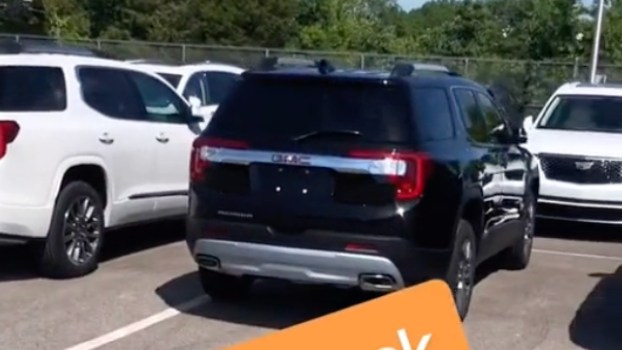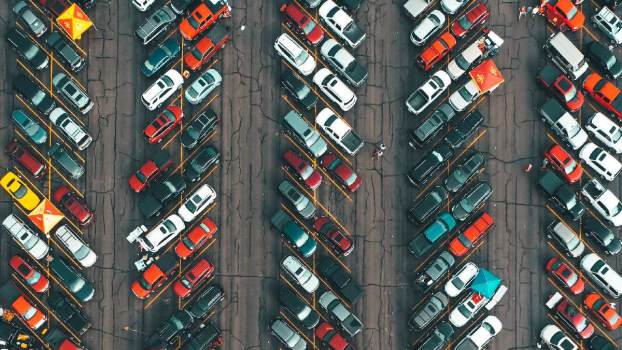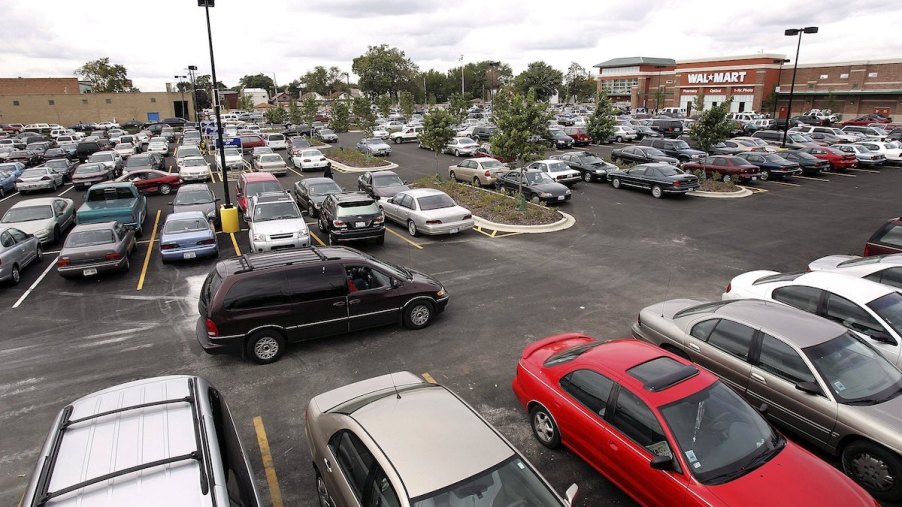
Destroying Parking Lots Could Save the American Economy
Resources are everything. Having them builds nations and empires. Needing them can crush the strongest communities. However, if you look at the amount of money and land dedicated to parking in America, you might see a story of a nation that cares more about catering to our cars than us. If you think this sounds insane, consider that America has roughly 2 billion parking spots. That math shakes out to over six parking spots for every one person.
How are parking spots bad for the American economy
According to a former project executive for transportation in Google’s real-estate division, parking is one of the biggest issues we face. We don’t often think about it, but the former project executive was tasked with figuring out the best way to move tens of thousands of people more effectively while using the least amount of land possible. The problems came in when he had to figure out parking.
Not only is parking a massive logistical issue, but it also costs a tremendous amount of money. A typical office building allocates about 175 square feet per employee, according to AutoBlog. However, the same office building will typically allocate double that, nearly 350 square feet, per parked vehicle. According to the builder WGI, the average parking stall in the US costs $27,900 to build, more than the cost of many new compact cars. In cities where land is in short supply and high demand, like Silicon Valley, prices can skyrocket to more than $85,000 per stall.
At the beginning of this piece, we mentioned that there are around 2 billion parking spots in America. That adds up to about 14,000 square miles. This is 14,000 square miles of land in a country where many cities are experiencing a housing shortage and price increase crisis.
What if we had fewer parking spots?
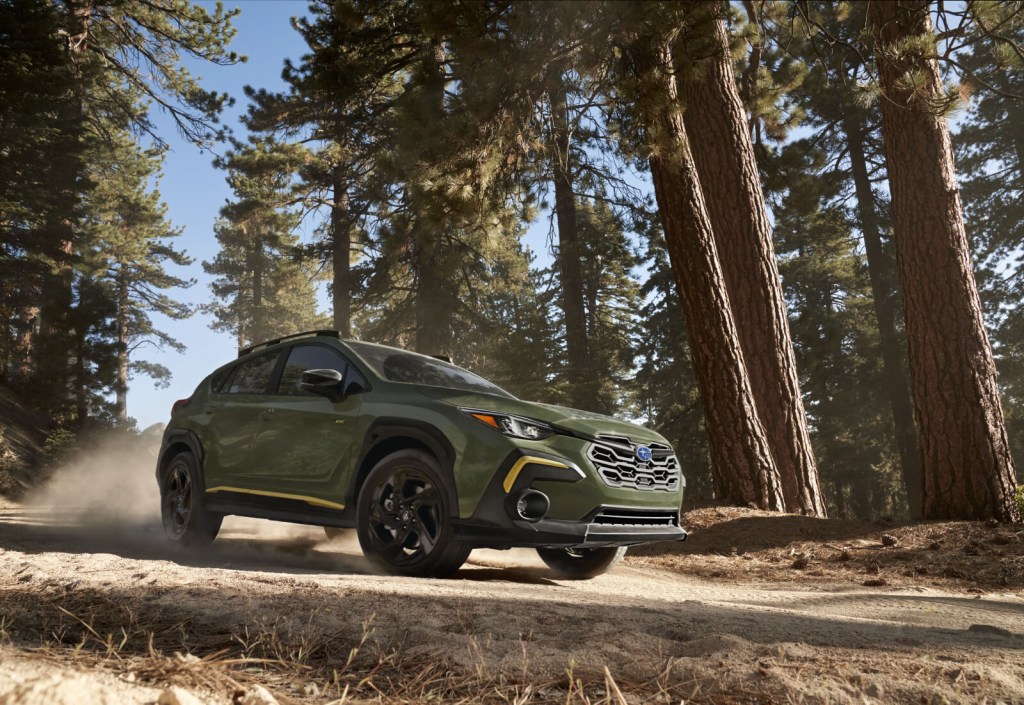
Think about all we could do with that land. To better understand what we are talking about, 14,000 square miles is Connecticut and Vermont combined. The long and the short of it is, accommodating our cars and trucks is a massive burden on our economy and society. According to the former Google executive, “A study published in 2018 by the federal government’s Government Accountability Office found that parking added an average of $56,000 in costs per unit to multifamily housing in California and Arizona. Parking accounted for about 27% of per-unit costs, regardless of whether the resident owned a car or not.”
Being a lemmings on tax law, I can’t explain this next bit with enough understanding to feel comfortable, so we’ll let the experts take it.
“There are tax burdens as well. Because property taxes are based on not only the value of the land but any improvements made to it, parking lots pay less in property taxes than an office building, apartment complex, or store on the same piece of land would,” the former Google executive said. “Repurposing parking for business purposes such as retail would increase tax-generating activities, helping fund vital services and create jobs.”
Can destroying parking lots really fix things?
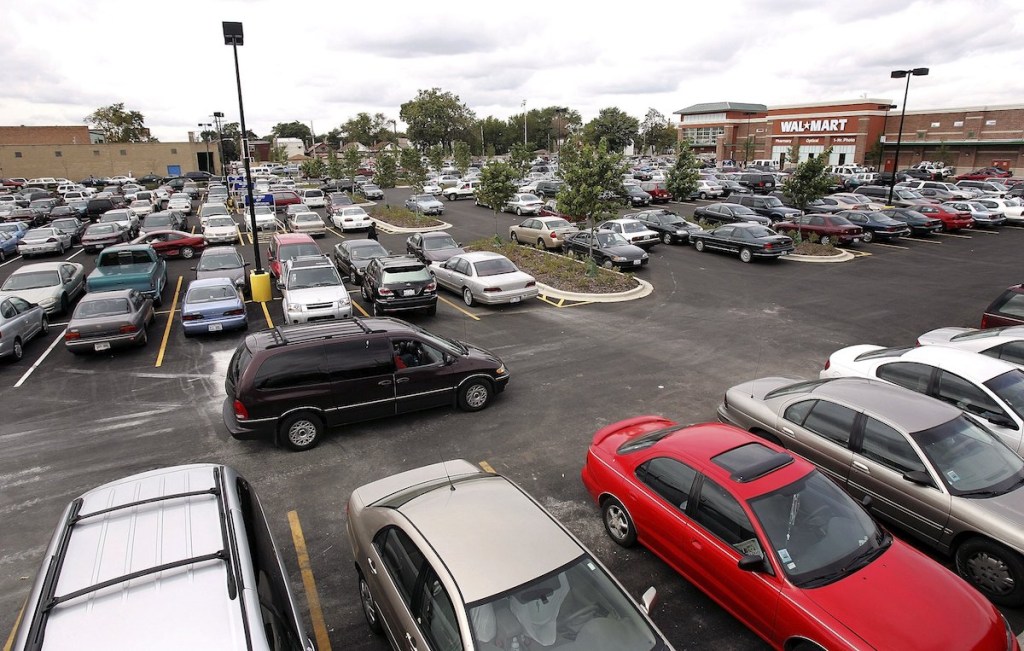
In Toronto, restaurants tried turning street parking spots into more seating. The results were shocking. The participating restaurants saw 49 times the revenue earned by charging for parking. Not only does parking use too much space and waste money, but it also spreads businesses and communities out. Instead of separating communities and businesses with giant sheets of dead earth covered in blacktop, we could build more dense commercial spaces, which would make room for more businesses, making commercial real estate cheaper and promoting more foot traffic.
The benefits, while some theoretical, seem to make a lot of sense. The logic combined with the real data provided by the research shows a world with less parking could be a better one.
